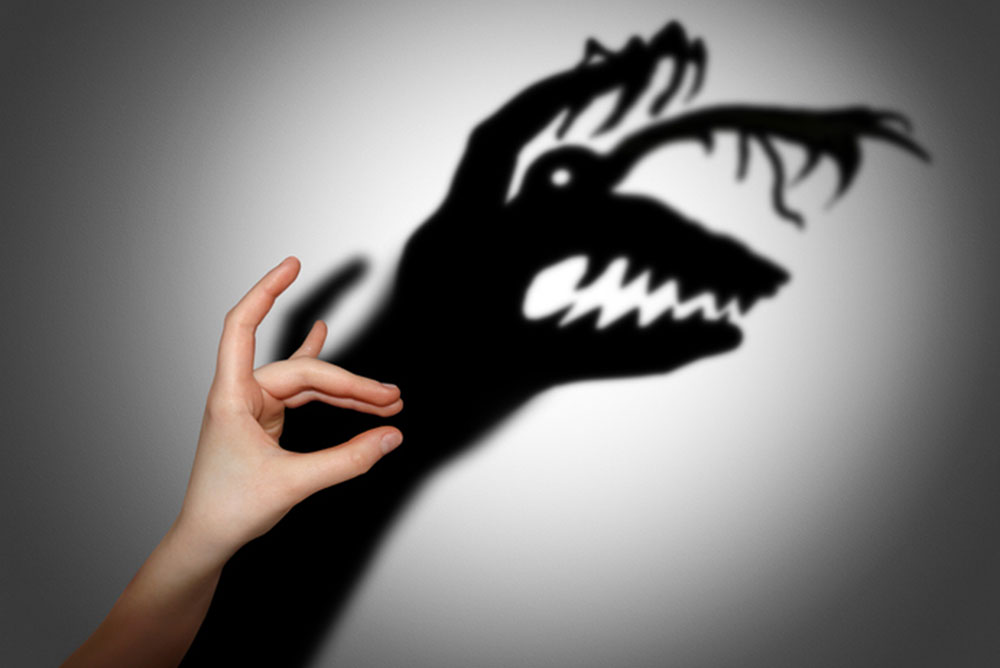
iStock
SCHIZOPHRENIA is no longer a blanket diagnosis with a poor prognosis, and one day may become as outdated as “dropsy.” The main reason is the growing list of its possible causes, from childhood trauma and central nervous system infections to genetic variants, cannabis use and cats.
Diagnosing psychosis today is a far cry from the early 1980s when Susan Sheehan’s book, Is there No Place on Earth for Me?, about a schizophrenic patient in her 30s with the pseudonym Sylvia Frumkin, won a Pulitzer Prize. At the time, the diagnosis was a life sentence with debilitating symptoms that could only get worse and made living outside a mental health facility nearly impossible.
Even in 2013, skepticism arose over University of Southern California law professor Elyn Saks’s memoir, The Center Cannot Hold: My Journey Through Madness (describing her ongoing delusions and repeated hospitalizations) as to whether her diagnosis of schizophrenia could be correct and, if so, how anyone with this diagnosis could accomplish so much.
According to the current prognosis, however, the majority of schizophrenia patients improves over time. For every five people, within five years of experiencing the first signs, one will get better; three will get better but have periods of bad symptoms; and one will having ongoing debilitating symptoms.
And some experts are challenging the view of schizophrenia as one distinct disease. “I expect to see the end of the concept of schizophrenia soon,” British psychiatrist Robin Murray told MedicalXpress. In 2013, the most recent DSM V (Diagnostical and Statistical Manual of mental conditions) changed the description of schizophrenia to eliminate previously listed subtypes such as paranoid schizophrenic and to add the word “spectrum.”
Symptoms of schizophrenia spectrum include the “positive,” such as hallucinations and delusions, which alter the sense of what is real; and “negative,” such as loss of affect and inability to experience pleasure. Anti-psychotic drugs are most useful for treating positive symptoms.
A newer therapy called “internal family systems” (IFS) – in which therapists encourage dialogue among different voices inside a patient’s head—has been successful, particularly with patients whose schizophrenia appears related to childhood trauma and who do less well in general with drug treatment.
Understanding is growing about how different treatments can work better depending on the factors linked to an individual’s symptoms—in contrast to the earlier belief that all symptoms arise from increased levels of dopamine, which should thus be the target for all treatment.
“The potential for different treatments to work for different people further explains the schizophrenia wars,” according to MedicalXpress—between those who see schizophrenia as genetically or physiologically based versus those who view it as a response to psychosocial factors, such as adversity.
IFS, used for an array of psychological issues, begins with the belief that we all have multiple personalities and many inner voices, Harvard psychologist Richard Schwartz told the Psychotherapy Networker Symposium held recently in DC. But the experience of childhood trauma can push helpful voices into dysfunctional roles, leading to symptoms of schizophrenia.
Schwartz showed the video of a TED talk, “The Voices in My Head,” by Manchester, England psychologist Eleanor Longden, who traces her recovery from schizophrenia to therapists willing to converse with her most troublesome voices. In another video, a young man who appears disturbed and almost catatonic begins to recover as therapists encourage his voices to speak up.
“There’s nothing inside of anyone that can hurt if they’re not afraid of it,” said Schwartz. “It has no power if you’re not afraid.” He described a survey by the Hearing Voices Network (comprised of some 200 groups worldwide) of 450 people, among whom one-third said they had no trouble with their voices.
Viewing schizophrenia as a healing journey and encouraging patients to act out—in response to inner voices or compulsions—has a long history. In the 1960s Scottish psychiatrist and author R.D. Laing became a counterculture hero for his clinic, Kingsley Hall, where patients could act out in safety, notably his patient Mary Barnes who became a successful painter.
Besides links to childhood trauma, early exposure to Toxoplasma gondii, transmitted to humans from cats, may trigger schizophrenia. But the odds may be much lower than those for other risk factors, such as childhood viral infections of the nervous system, autoimmune disorders and certain genetic variants.
And some research has found a higher incidence of psychosis in those U.S. cities with the most easily available marijuana. “But you cannot say that cannabis causes psychosis,” says Columbia University psychiatrist Diana Martinez. “It’s simply not supported by the data.” Psychotic disorders such as schizophrenia are complicated disorders, and overall incidence has not gone up despite increasing numbers of people using marijuana.
About her diagnosis of schizophrenia, Elyn Saks writes, “We can’t all be Nobel laureates like John Nash in the movie A Beautiful Mind. But the seeds of creative thinking may sometimes be found in mental illness, and people underestimate the power of the human brain to adapt and to create.” Saks won a MacArthur Foundation “genius award” to write about her experiences.
—Mary Carpenter
Every Tuesday in this space, well-being editor Mary Carpenter reports on health news you can use.

Absolutely fascinating.. I am going to look up Richard Schwartz. Ideas about schizophrenia are changing so radically – and with much more hope.
Wow! Another truly informative piece. Thank you!